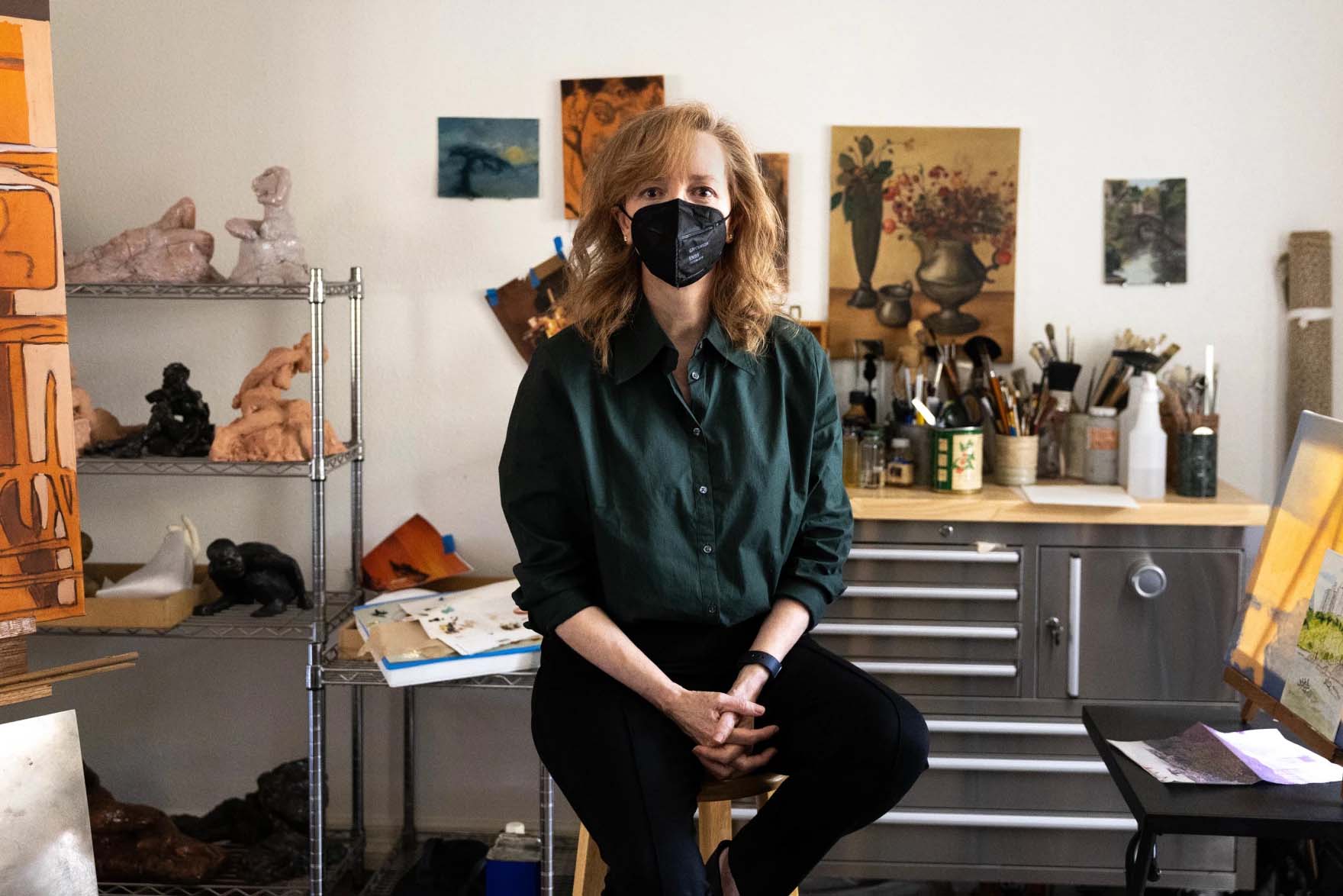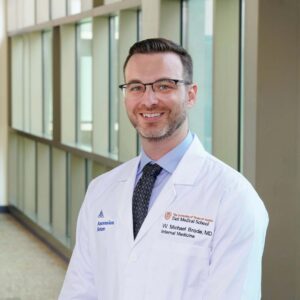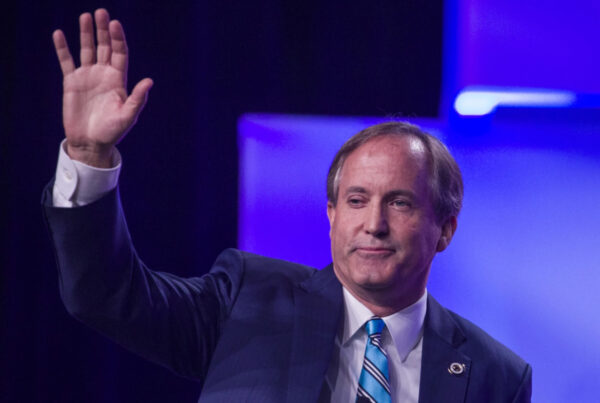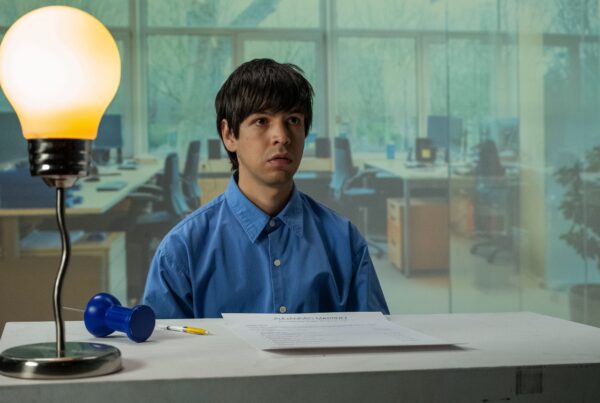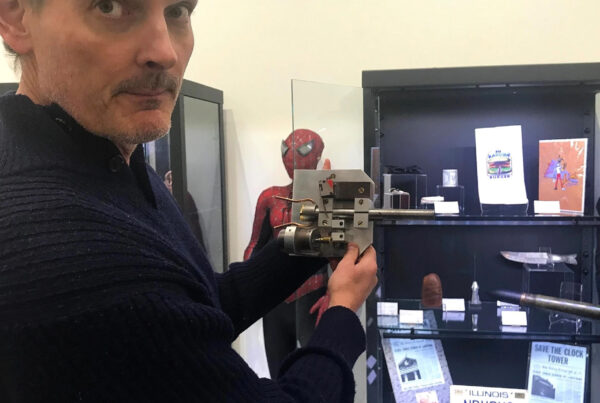From KUT:
Before March 2020, Dr. Laura Waltrip was forming plans for her next phase in life. After years working as an emergency medicine physician and administrator at a clinic serving low-income residents in the Austin area, she was considering a shift to working part-time to focus more on her art. Maybe, she thought, she would even get a master’s degree in fine arts and teach for a while.
But with the arrival of COVID-19, she had to put those dreams on the back burner. Her focus had to be on patients and on helping her clinic form a response to an unprecedented pandemic threat.
“I kept thinking, well, this will just be for a little while, and it wasn’t, and then two years went by,” Waltrip said. “Then, I got COVID.”
Waltrip first noticed symptoms on Oct. 29, 2022. Nearly a year and a half later, she still has them. Since contracting COVID, she said she has struggled with shortness of breath, digestive issues, powerful headaches and irregularities with her heart rate and blood pressure. She also experiences memory and cognition issues known as brain fog.
Last spring, Waltrip also learned that her immune system wasn’t functioning properly, putting her at high risk from any future infections. After that revelation, she stopped treating patients face-to-face and began exclusively treating patients via telehealth appointments.
“If a good percentage of my patients have infections, and if an infection can cause my death or hospitalization or severe illness, then I can’t do it,” Waltrip said. “I like my patients, and I feel like I’m in prison.”
The Centers for Disease Control and Prevention estimates there are nearly 18 million American adults like Waltrip — people who have or have had symptoms that persist for at least three months after a COVID-19 infection. A lack of definitive treatments for the condition called long COVID has frustrated patients over the past four years, but researchers believe they are getting closer to finding answers.
Hallmarks of long COVID
The Post-COVID-19 Program at UT Health Austin is one of a handful of programs that have emerged in Texas since 2020 dedicated to studying and helping patients who suffer from prolonged symptoms following a COVID-19 infection, often called “long haulers.” Led by internal medicine physician Dr. Michael Brode, UT’s program has seen around 800 patients since its opening in June 2021.
“It was very early on in the pandemic in 2020, where we realized there is a group of people who are not getting better and having these strange, unexplained symptoms after a COVID-19 infection,” Brode said.
Securing a Long COVID diagnosis can be difficult. There’s no test for the condition. Instead, doctors have to test for other plausible conditions and rule them out, Brode said.
More than 200 symptoms may be associated with long COVID and the severity of the condition can vary broadly. But Brode said most patients who walk through his door have a few key complaints: brain fog, fatigue and post-exertional malaise, meaning they grow exhausted after completing even simple tasks.
“They do an activity that would normally not be tiring — it can be a pretty small mental or physical activity, [like] folding laundry, reading an email — and it just knocks them out and makes all their symptoms worse,” Brode said.
Recent studies have shown that this effect is particularly pronounced when long COVID patients attempt to exercise, which can result in a crash of fatigue, brain fog and muscle pain that lasts for days or longer.
Waltrip, who is a patient at the Post-COVID-19 Program, says she has experienced this kind of post-exertional malaise, often finding herself out of breath and exhausted after walking 10 feet in the early days of her illness.
Another patient in the program, Les Greenwood, is a former high school economics teacher and swim coach. Between coaching and teaching, Greenwood said it was common for him to work 16-hour days throughout his two-decade career. That came to a halt after he contracted COVID in late 2022; now, he spends most of his time sitting down.
“I went back to work and the fatigue hit almost immediately, and then the brain fog kicked in,” Greenwood said. “It became clear that I wasn’t going to be able to do the job anymore.”
When patients arrive for treatment at UT’s Post-COVID-19 Program, Brode says the first step is usually to help them learn to manage their energy so that they can avoid crashes, often followed by physical therapy to help with pain-related symptoms and mental health therapy to assist patients dealing with anxiety and depression, which commonly occur with Long COVID.
“All those things drain the battery,” Brode said. “If we can give people the skills to both build on their strengths and accommodate their weaknesses, they start to feel a lot better.”
Barriers to care
The next step is prescribing medication to treat other individual long COVID symptoms or referring patients to other specialists, like rheumatologists and immunologists. Brode said this commonly includes treatment issues involving the nervous system, including autonomic nervous system functions like heart rate regulation and healthy movement of food through the intestines.
After these methods have been exhausted, Brode sometimes discusses experimental options with patients. Greenwood, for instance, spends three hours each day in a hyperbaric oxygen chamber, breathing in pure oxygen in a hyper-pressurized metal tube like those used by deep-sea divers. Some initial research indicates that this treatment may help with fatigue and pain symptoms from long COVID. Greenwood also hopes it will help with his tinnitus, a persistent ringing in his ears.
But experimental treatments — and even some that are not experimental — often aren’t accessible to everyone. Waltrip and Greenwood both said that getting insurance to cover many of their recommended treatments has been a struggle. Waltrip said she had to jump through a lot of hoops to prove to insurance that she needed an immunotherapythat she credits as a primary source of improvement.
“Just because it makes people better isn’t necessarily enough,” Waltrip said. “They need to have studies to prove that there is a medical indication for this particular medication.”
Greenwood said he has paid for much of his treatment out-of-pocket. He is using the savings he netted from selling his house in California in 2018 when the real estate market was near its peak. This “lucky strike,” he said, has helped keep his family afloat while he is unable to work and pursues expensive care.
Before even approaching the problem of cost, many long COVID patients have another obstacle: finding a doctor who will take their symptoms seriously. Brode admits that many primary care doctors still struggle to make sense of long COVID and are dismissive of patients’ experiences.
“Sometimes the first part of our visit is kind of unpacking that trauma from being what they feel is dismissed or not taken seriously,” Brode said. “I think a lot of people have heard, ‘Well, everything’s normal. You either don’t have this or it’s all in your head.’ And that is absolutely not true.”
That initial dismissiveness can be a barrier to receiving care at clinics like Brode’s that require a referral from a primary care provider. Even after a referral is secured, a wait is common. Both Waltrip and Greenwood said they had to wait several months before they had their initial appointments at the clinic.
Some patients have had luck finding doctors who are knowledgeable about long COVID outside of an official Post-COVID-19 program like UT’s. Shannan Riemer, an Austin resident with severe long COVID, said her primary care provider has been responsive and willing to “trial-and-error” various treatments, including alternative medicine techniques like acupuncture.
Riemer said she recommends connecting with social media groups for long COVID patients to get advice about sympathetic care providers and treatments that have been helpful for others.
“Unfortunately, you have to be your own advocate,” Riemer said. “But it’s really important to be open-minded to different out-of-the-box treatments because otherwise you’re just going to be waiting.”
Prospects for recovery
Brode said he has felt encouraged to see that many patients with long COVID improve over time, with many feeling significantly better around the 18-month to two-year mark. Sometimes their improvement plateaus, and sometimes their condition resolves entirely.
“I think there’s a significant portion of people that are completely getting better,” Brode said. “But that is also leaving us with a large group of people who are not, and I can’t deny that. I think they are probably going to need some medical intervention to have them fully recover.”
What he means by medical intervention is the development of a treatment specifically for long COVID, rather than a patchwork of treatments that target individual symptoms. Brode said he is encouraged by a flurry of promising research that has been published over the past six months that he says is getting closer to pinpointing the “biological mechanism” of the disease.
“More and more [it’s] looking like their immune system gets triggered and does not turn off, leading to problems of signaling in the neurotransmitters in the body,” he said. “Also, [it appears] that the smallest blood vessels throughout the body and the body’s ability to get blood flow to the right place at the right time is not working appropriately.”
As Waltrip approaches the 18-month mark for her illness, she is hopeful that she will see more improvement.
“I’m an ER doctor, so I have the patience of a gnat, and I would like to be well immediately,” she said.
So far, she has seen some gradual progress; whereas early in her illness she could hardly walk 10 feet without becoming exhausted, she can now walk for almost 20 minutes. She also credits her immunotherapy regimen with decreasing her brain fog, improving her energy levels and improving her blood pressure.
But she’s a long way from where she dreamed of being before COVID reared its head. Stuck in her house, she sometimes works on her sculptures and paintings at her home studio. But she gets tired quickly.
“Having the energy to be creative is just really not there with this,” she said. “I miss it a lot.”


